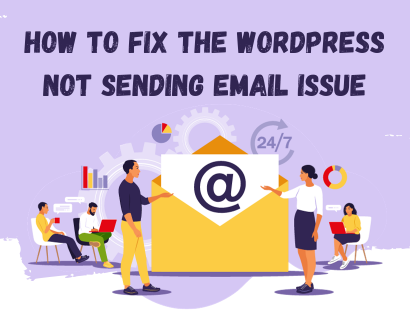
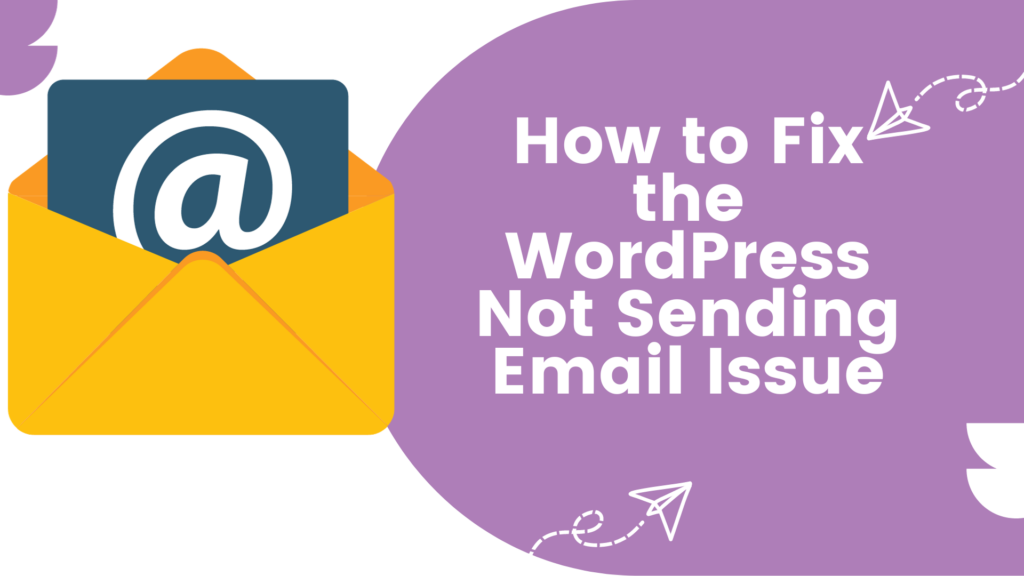
This article provides a detailed guide on how to fix the WordPress not sending email issue using the WP Mail SMTP by WPForms. We will explore the root causes of this problem and provide a step-by-step solution to rectify it.
Despite being widely used, the well-known content management system WordPress is not without its share of difficulties. WordPress users frequently struggle with a number of common problems, including WordPress’ inability to send emails. The functionality of your website may be severely affected by this issue, which may impact everything from user registration to email notifications for password resets, from contact form notifications to eCommerce transaction confirmations.
Identifying the Issue
Understanding why WordPress might stop sending emails is essential for finding a solution. To send emails, WordPress makes use of the PHP mail() function. To safeguard their servers from abuse, many hosting companies, however, restrict or disable this feature. This restriction frequently causes WordPress to have email sending problems.
Furthermore, emails sent using PHP’s mail() function frequently end up in the spam folder. This occurs as a result of the function’s improper use of authentication, which makes it challenging for email service providers to determine whether the email comes from a trustworthy source.
Implications of the Problem:
The WordPress not sending email issue can have several implications:
- User Registrations: If your website relies on user registrations, new users might not receive confirmation emails, leading to a poor user experience.
- Password Resets: Users might not be able to reset their passwords if they’re not receiving password reset emails. This could result in users being locked out of their accounts.
- Contact Form Notifications: If you’re using a contact form on your website, you might not receive notifications when someone fills out the form. This could lead to missed opportunities and potential customers.
- eCommerce Transactions: If you’re running an eCommerce website, customers might not receive order confirmation and shipping emails, leading to confusion and customer dissatisfaction.
Solution to the WordPress Not Sending Email Issue
SMTP, or Simple Mail Transfer Protocol, is the industry standard for sending emails. Unlike the PHP mail() function, SMTP uses proper authentication, which significantly enhances email deliverability. WP Mail SMTP by WPForms is a popular plugin that allows you to send WordPress emails using SMTP instead of the PHP mail() function.
Here’s how you can set up WP Mail SMTP by WPForms
- Install and activate the WP Mail SMTP by WPForms plugin.
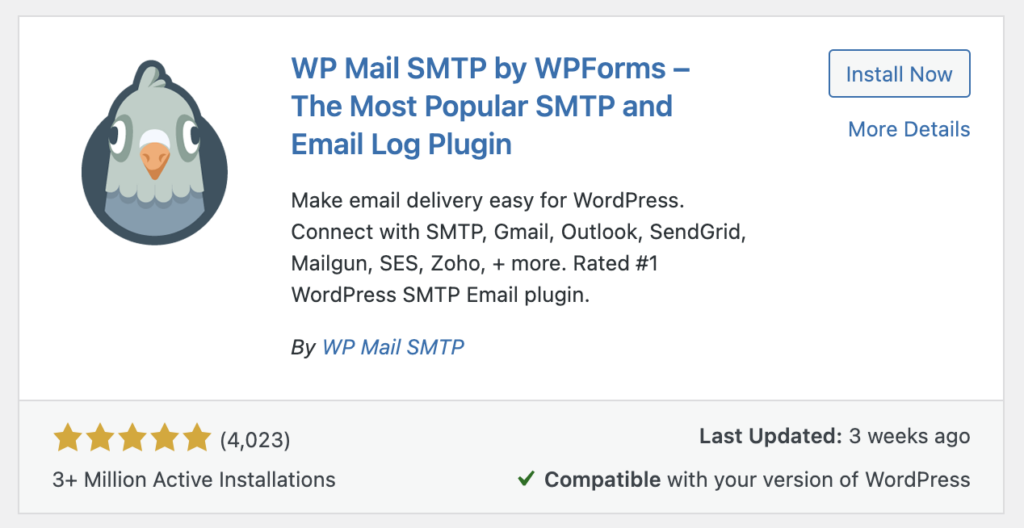
- Navigate to WP Mail SMTP in your WordPress dashboard and click on ‘Settings.’
- Fill in the ‘From Email,’ ‘From Name,’ and choose the mailer.
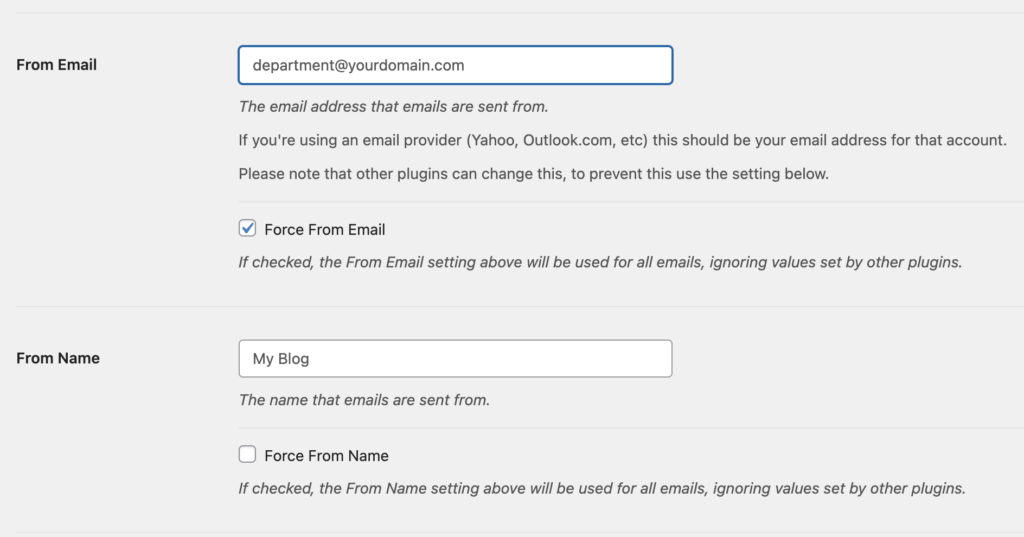
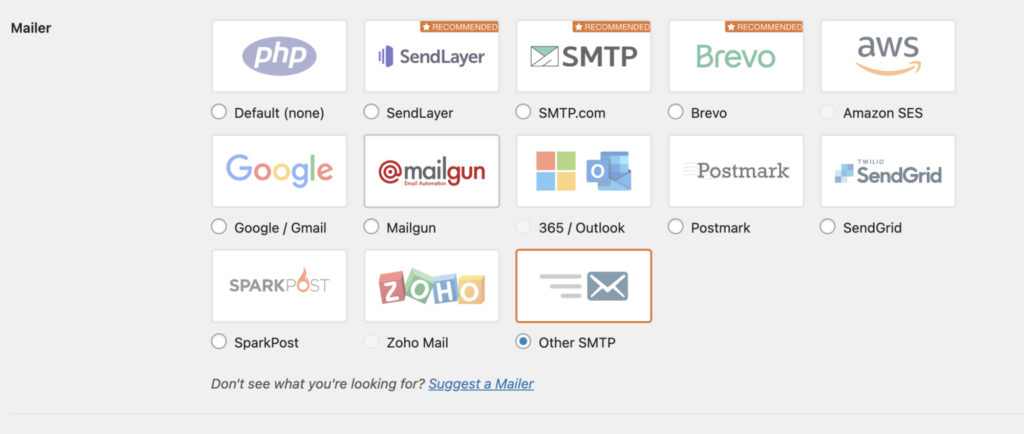
- Depending on your chosen mailer, you’ll need to provide additional information like SMTP host, SMTP port, encryption, and authentication.
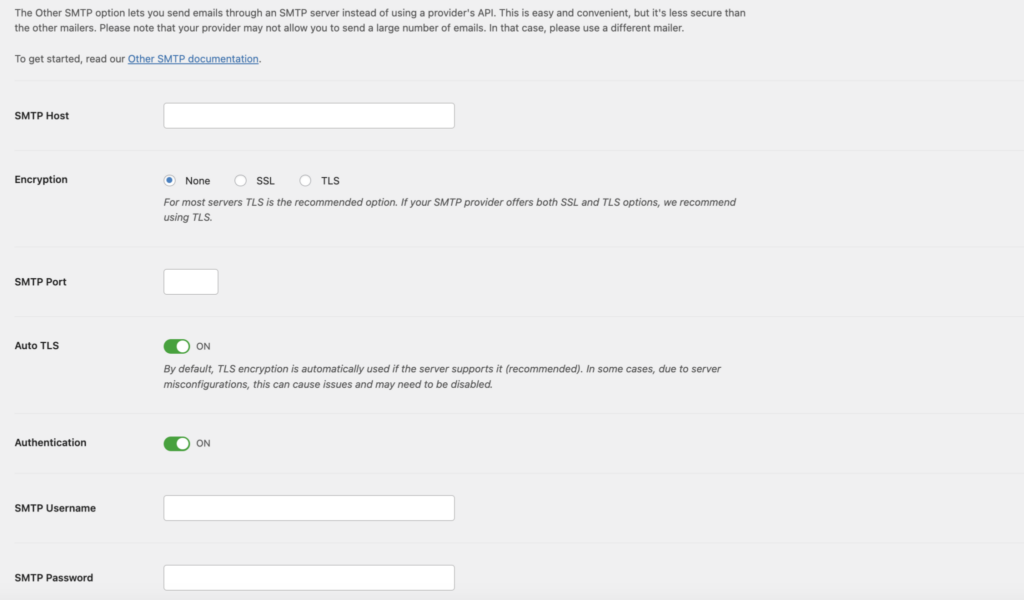
Use Email Deliverability Test
Sometimes, the issue might not be with WordPress or your hosting provider. Instead, the emails might be getting marked as spam.
To check if this is the case, you can use an email deliverability test. These tests send a test email to your address and provide a report on whether it got delivered, ended up in the spam folder, or got blocked.
Services like Mail-Tester, GlockApps, and MXToolbox offer email deliverability tests.
Contact Your Hosting Provider
If the WP Mail SMTP by WPForms plugin doesn’t solve your problem, contact your hosting provider. They might be blocking or limiting the PHP mail() function.
Ask them if they can enable the function or increase its limit. If they can’t, consider switching to a hosting provider that doesn’t restrict the PHP mail() function.
Summary
WordPress issues that prevent emails from being sent can be a frustrating ordeal. However, you can quickly fix this problem if you have the right information and tools, such as WP Mail SMTP by WPForms. Accurate problem diagnosis is crucial. Understanding the cause of WordPress’ failure to send emails will help you implement the proper fix.
Remember that using a trustworthy SMTP plugin, performing frequent email deliverability tests, and selecting a hosting provider that doesn’t restrict essential functions are the best ways to prevent future email deliverability problems.
